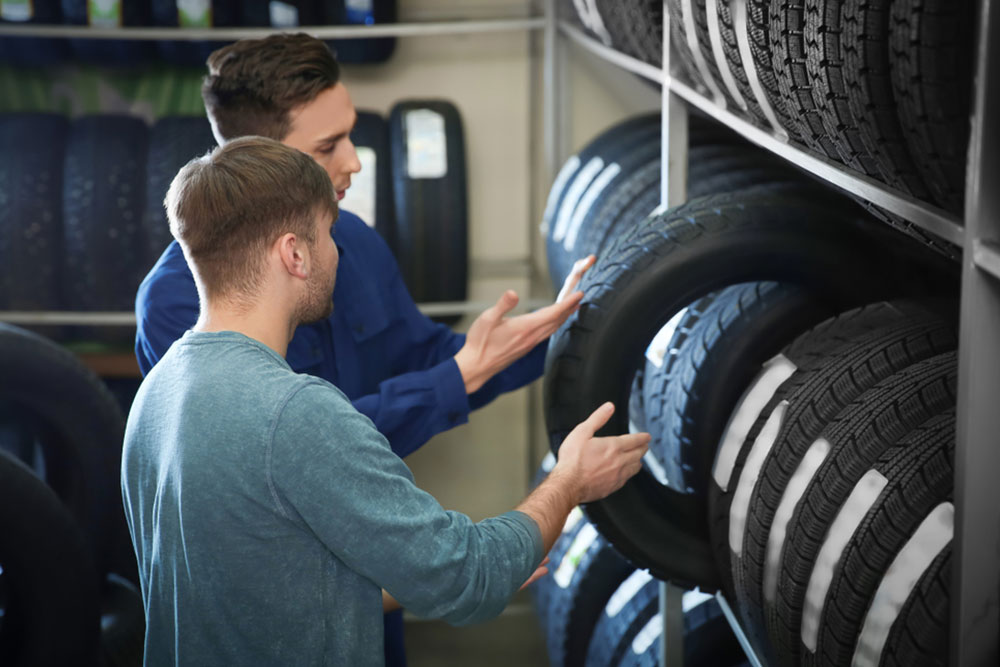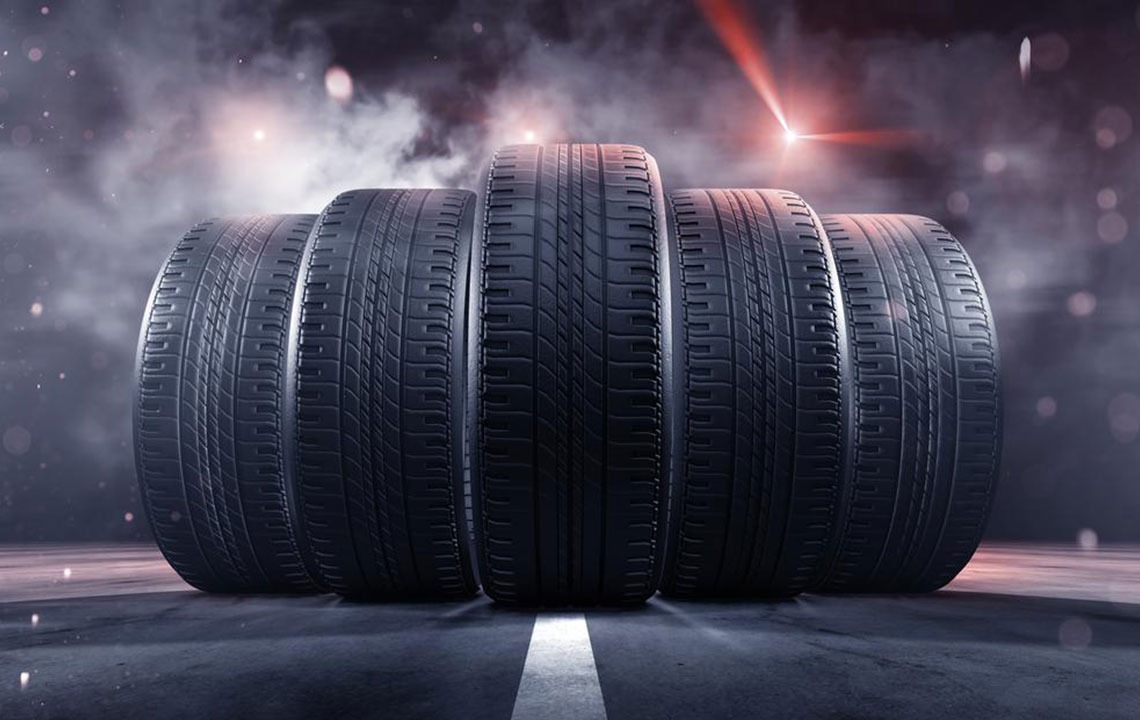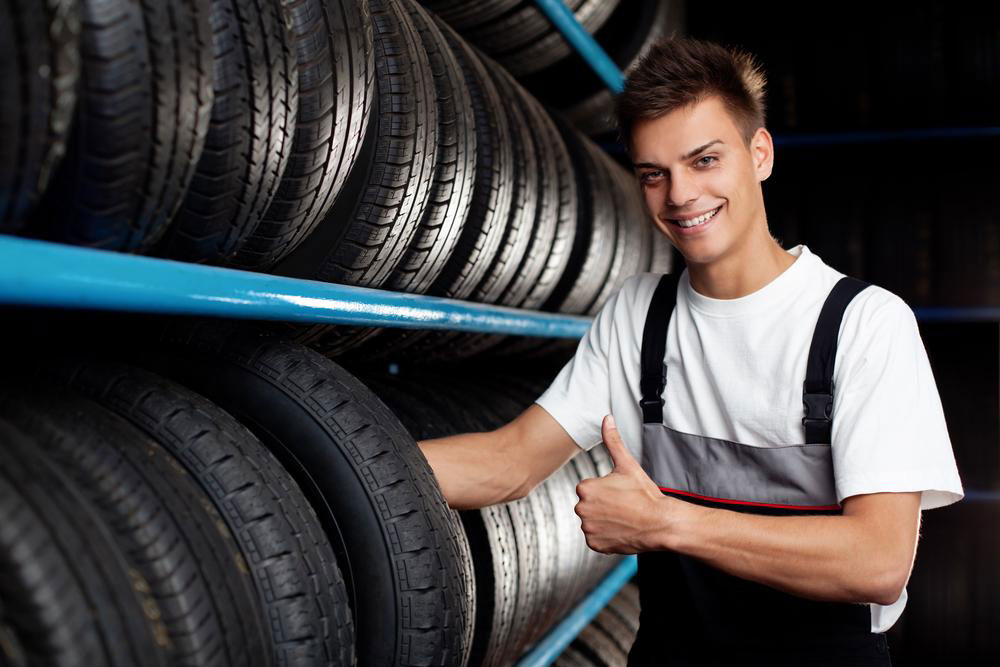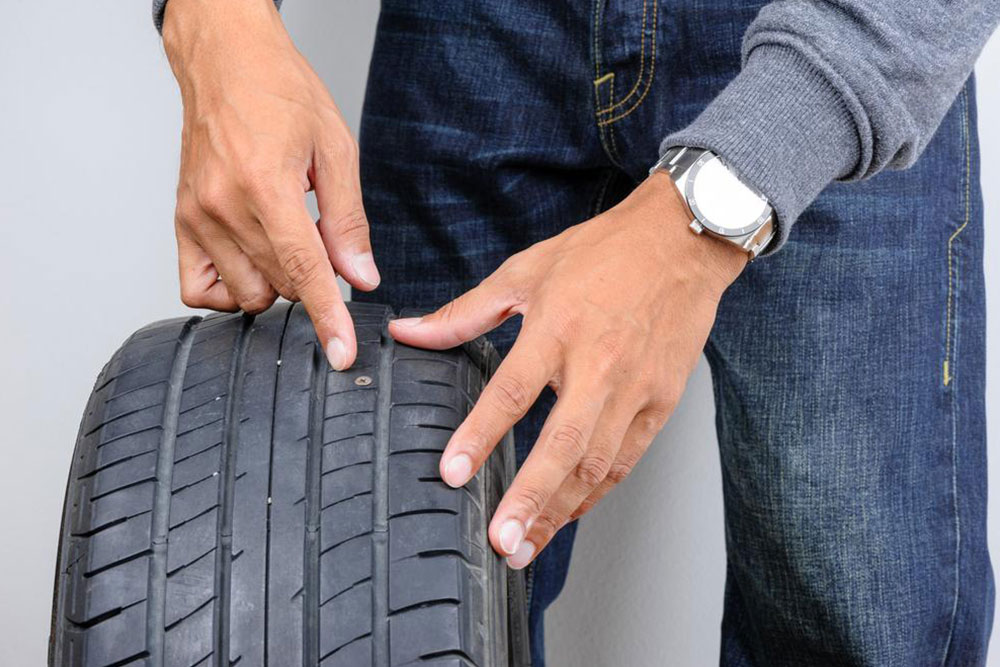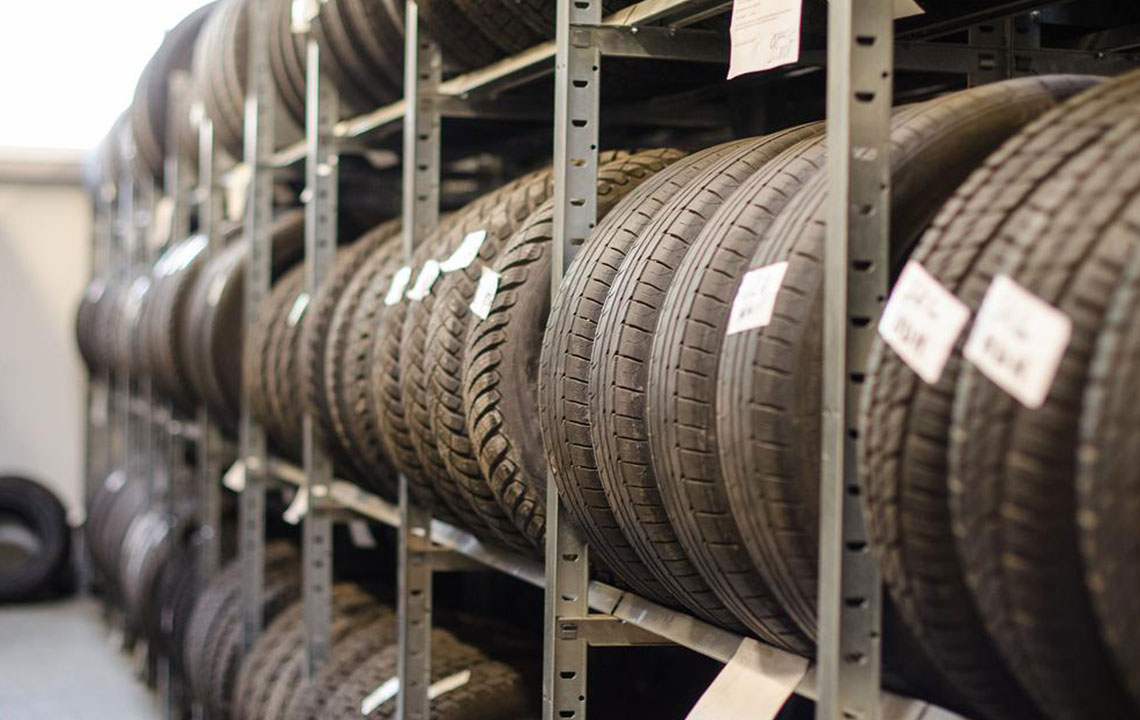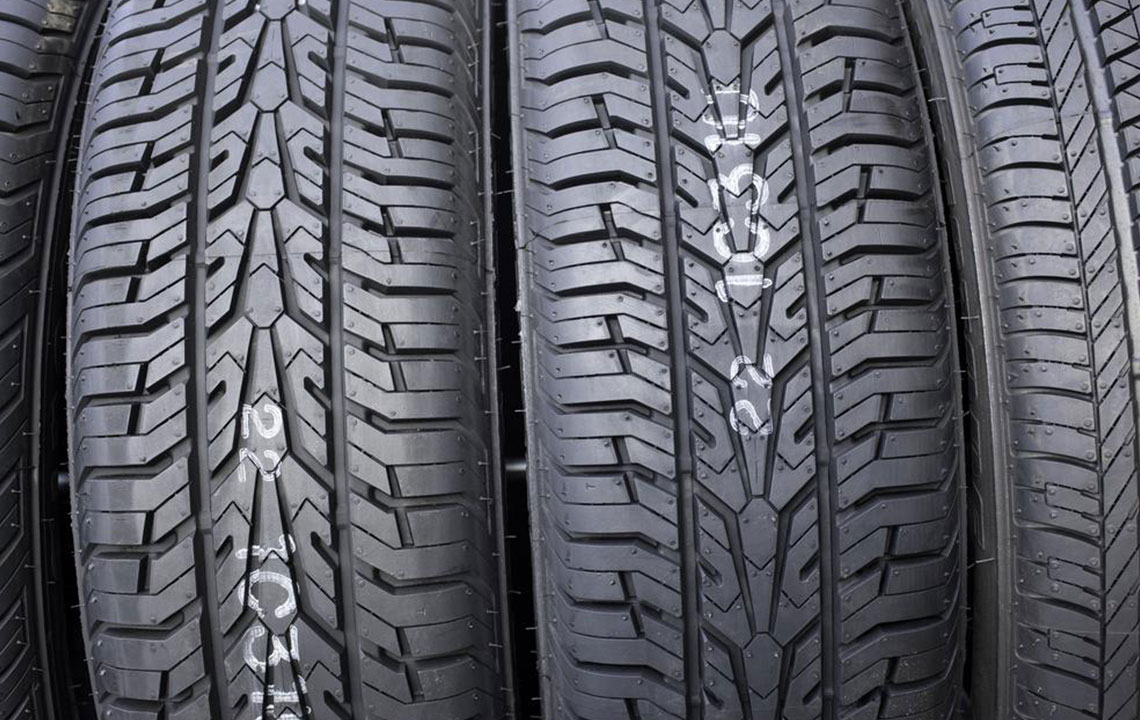Revolutionary Advances in Modern Tire Manufacturing Technologies
Explore the latest breakthroughs in tire manufacturing, including adaptive tread technologies, self-inflating systems, and sustainable airless designs that are transforming the automotive industry. Discover how leading brands like Michelin lead innovation to improve safety, performance, and durability. Stay updated on the evolving trends shaping the future of tires and vehicle safety worldwide.

Revolutionary Advances in Modern Tire Manufacturing Technologies
Over the past decade and a half, tire manufacturing has undergone remarkable technological transformations that have significantly reshaped the industry. Today’s tire producers are leveraging innovative design principles, novel materials, and advanced production techniques to deliver products that are safer, more durable, and highly efficient. Leading brands such as Michelin are at the forefront, integrating these cutting-edge features into their tire lines to ensure reliability, safety, and top-tier performance for consumers worldwide. So, what are the most influential recent breakthroughs in tire engineering, materials science, and design that are propelling the industry into the future?
An Overview of the Global Tire Industry: The scale of tire manufacturing is staggering, with over one billion tires produced annually across countless factories worldwide. This massive production volume underscores the critical role tires play in global transportation, logistics, and everyday mobility. The industry’s vast footprint demands continuous innovation to meet evolving safety standards, environmental regulations, and consumer preferences.
Tire manufacturing primarily involves shaping raw rubber compounds onto rotating molds, followed by a curing process that employs heat and pressure. This curing process initiates a polymerization reaction, resulting in bonded, flexible molecules that confer strength and elasticity to the final product. Manufacturers utilize proprietary blends of synthetic and natural rubbers, reinforced with materials such as polyester, steel, or aramid fibers, to optimize durability, grip, and lifespan. As technology advances, these materials and processes are continually refined to produce superior tires.
Transformations in Pneumatic Tire Technology: Pneumatic tires, which rely on compressed air to maintain their structure, have long been the standard for passenger vehicles. The advent and widespread adoption of these tires marked a significant turning point, replacing older solid rubber tires and enabling improved vehicle handling, comfort, and safety. Modern pneumatic tires now incorporate complex tread patterns, sidewall reinforcements, and advanced rubber compounds to enhance grip, reduce rolling resistance, and extend service life.
Innovative Adaptive Tire Technologies: Leading tire manufacturers like Michelin are pioneering adaptive tire solutions that respond dynamically as the tire wears. These tires are engineered with wider tread grooves that become more prominent over time, facilitating better water dispersion for improved wet traction. Additionally, some tires feature tiny, expandable grooves that transition into tear-drop shapes, further augmenting safety and handling characteristics. Consumers can access these technologically advanced tires at competitive prices from trusted online retailers, ensuring widespread availability.
Self-Inflating and Smart Tire Systems: The latest advancements also include smart tire systems equipped with sensors and onboard compressors that automatically monitor and adjust tire pressure. These self-inflating tires are particularly valuable for heavy machinery, military applications, and long-distance travel, where maintaining optimal pressure is crucial for safety, efficiency, and tire longevity. By inflating or deflating as needed, these systems help prevent blowouts, improve fuel efficiency, and reduce tire wear.
Airless Tire Innovations: One of the most exciting recent developments is the advent of airless tire designs—known as iFlex tires—that eliminate the risks associated with punctures and flats. These tires utilize geometric structures, such as honeycomb or other lattice patterns, to provide flexibility and shock absorption without relying on compressed air. Manufactured from sustainable, eco-friendly materials, airless tires aim to reduce environmental impact while offering durability and safety. They are expected to play a significant role in future transportation solutions, especially for autonomous vehicles and off-road applications.
As ongoing research and technological development continue to drive tire innovation, consumers can anticipate future products that seamlessly blend high performance, safety, eco-friendliness, and cost-effectiveness. From smarter tires that adapt to driving conditions to sustainable, puncture-proof designs, the future of tire technology promises to revolutionize how we think about mobility and vehicle safety. Until alternative transportation modes become the norm, advancements in tire manufacturing remain essential in supporting reliable, safe, and efficient transportation across the globe.
